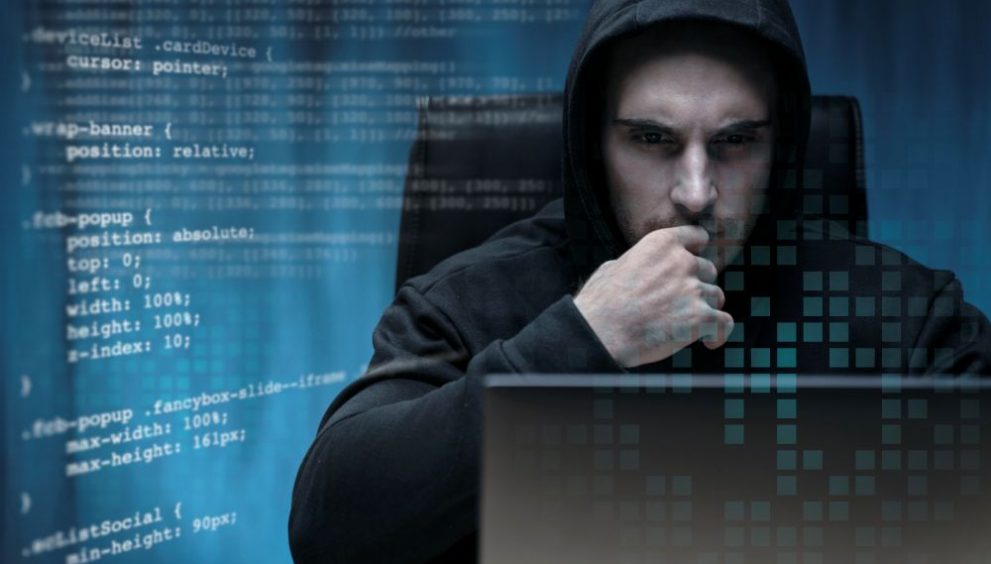In an effort to save money or access expensive programs, some computer users turn to pirated software. The allure of free or low-cost versions of popular applications can be tempting, especially for those on tight budgets. However, the short-term savings come at a steep price – compromised cybersecurity.
Using pirated software exposes your devices and personal information to a host of digital threats. From malware infections to data breaches, the risks far outweigh any perceived benefits. In this blog, we’ll delve into the dangers of using unauthorized software and why investing in legitimate programs is essential for safeguarding your digital life.
What is Pirated Software?
Pirated software refers to any program that is distributed or used without the permission of the copyright owner. This can include counterfeit versions of popular applications, illegally copied programs, or the unauthorized use of software licenses. Pirated software is often obtained through peer-to-peer file sharing networks, torrent sites, or unlicensed online distributors.
Using pirated software is illegal and violates intellectual property rights. Software companies invest significant resources in developing and maintaining their products, and piracy undermines their ability to continue innovating. Additionally, many countries have strict laws against copyright infringement, with penalties ranging from fines to imprisonment.
The Hidden Dangers of Pirated Software
One of the most significant risks associated with using pirated software is the potential for malware infections. Cybercriminals often bundle malicious code with cracked software, using it as a vehicle to spread viruses, ransomware, spyware, and other threats. By installing pirated programs, you’re essentially opening the door for attackers to infiltrate your system.
Here are some common types of malware found in pirated software:
- Viruses: Malicious programs that replicate and spread, corrupting files and causing system instability.
- Ransomware: Encrypts your data and demands payment in exchange for the decryption key.
- Trojans: Disguises itself as legitimate software, allowing attackers to gain unauthorized access to your system.
- Keyloggers: Records your keystrokes, stealing sensitive information like passwords and credit card numbers.
Legal Consequences of Using Pirated Software
In addition to the cybersecurity risks, using pirated software can also result in legal consequences. Copyright laws protect software creators’ intellectual property rights, and violating these laws can lead to civil and criminal penalties.
If caught using pirated software, individuals may face:
- Fines: Monetary penalties can range from hundreds to thousands of dollars per infringement.
- Lawsuits: Software companies can sue users for copyright infringement, resulting in costly legal battles.
- Criminal charges: In some cases, using pirated software can lead to criminal prosecution, including jail time.
Businesses that use pirated software also face significant risks. Companies can be audited by software alliances or vendors to ensure compliance with licensing agreements. If found using unauthorized software, businesses may face:
- Hefty fines and settlements
- Reputational damage
- Loss of customer trust
- Negative publicity
How Pirated Software Weakens System Security
Another major drawback of using pirated software is the lack of access to critical security updates and patches. Legitimate software vendors regularly release updates to fix vulnerabilities and improve security. However, users of pirated software are often blocked from receiving these updates, leaving their systems exposed to known threats.
Cybercriminals actively exploit unpatched vulnerabilities to gain unauthorized access to systems and steal sensitive data. Without the latest security fixes, your devices become easy targets for hackers.
Additionally, pirated software often lacks the built-in security features found in licensed versions. These features, such as encryption, access controls, and intrusion detection, are essential for protecting your data and maintaining system integrity.
Data Privacy Risks: Exposing Your Personal Information
When you use pirated software, you’re not only putting your own data at risk but also potentially exposing the personal information of others. Many applications, such as word processors and email clients, store sensitive data like documents, messages, and contact lists. If this data falls into the wrong hands due to a malware infection or security breach, it can lead to identity theft, financial fraud, and other devastating consequences.
Pirated software can also come bundled with spyware designed to monitor your online activities and steal personal information. This can include:
- Usernames and passwords
- Financial data (e.g., credit card numbers, bank account details)
- Browsing history
- Email communications
- Personal photos and videos
Once your personal information is compromised, it can be sold on the dark web or used for nefarious purposes. The impact can be long-lasting and difficult to recover from.
The Impact on Business: Why Piracy Puts Companies at Risk
For businesses, the risks of using pirated software extend beyond individual consequences. Companies that rely on unauthorized software put their entire operations and reputation at stake.
Some of the key risks businesses face when using pirated software include:
- Data breaches: Malware infections can lead to the theft of sensitive corporate data, including customer information, financial records, and trade secrets.
- Compliance violations: Many industries have strict regulations regarding data protection and software licensing. Using pirated software can result in non-compliance and hefty fines.
- Productivity losses: Pirated software is often unstable and prone to crashes, leading to lost work hours and decreased efficiency.
- Reputational damage: If a company is caught using pirated software, it can tarnish its reputation and erode customer trust.
Cybersecurity: Best Practices
To safeguard your devices and data from the risks associated with pirated software, it’s essential to adopt best practices for cybersecurity. Here are some key steps you can take:
- Use legitimate software: Always obtain software from trusted sources, such as official vendor websites or authorized resellers. Be cautious of deals that seem too good to be true.
- Keep software up to date: Regularly update your operating system and applications to ensure you have the latest security patches and features.
- Install antivirus software: Use a reputable antivirus solution, such as Quick Heal Total Security, to detect and prevent malware infections.
- Enable firewalls: Firewalls act as a barrier between your devices and potential threats, blocking unauthorized access to your network.
- Back up your data: Regularly back up your important files to an external drive or cloud storage service. This ensures you can recover your data in case of a malware attack or system failure.
- Educate yourself and others: Stay informed about the latest cybersecurity threats and best practices. Share this knowledge with friends, family, and colleagues to promote a culture of digital safety.
Say No to Pirated Software
To protect your cybersecurity and maintain the integrity of your devices and data, it’s crucial to invest in legitimate software and installing anti malware tools such as Quick Heal Total Security. Remember, the cost of dealing with a cyberattack or legal battle is often much higher than the price of purchasing licensed software. Don’t put your digital life at risk for the sake of saving a few dollars. Invest in your cybersecurity today and enjoy peace of mind knowing that your devices and data are protected.
Check Out Our Full Antivirus Range



